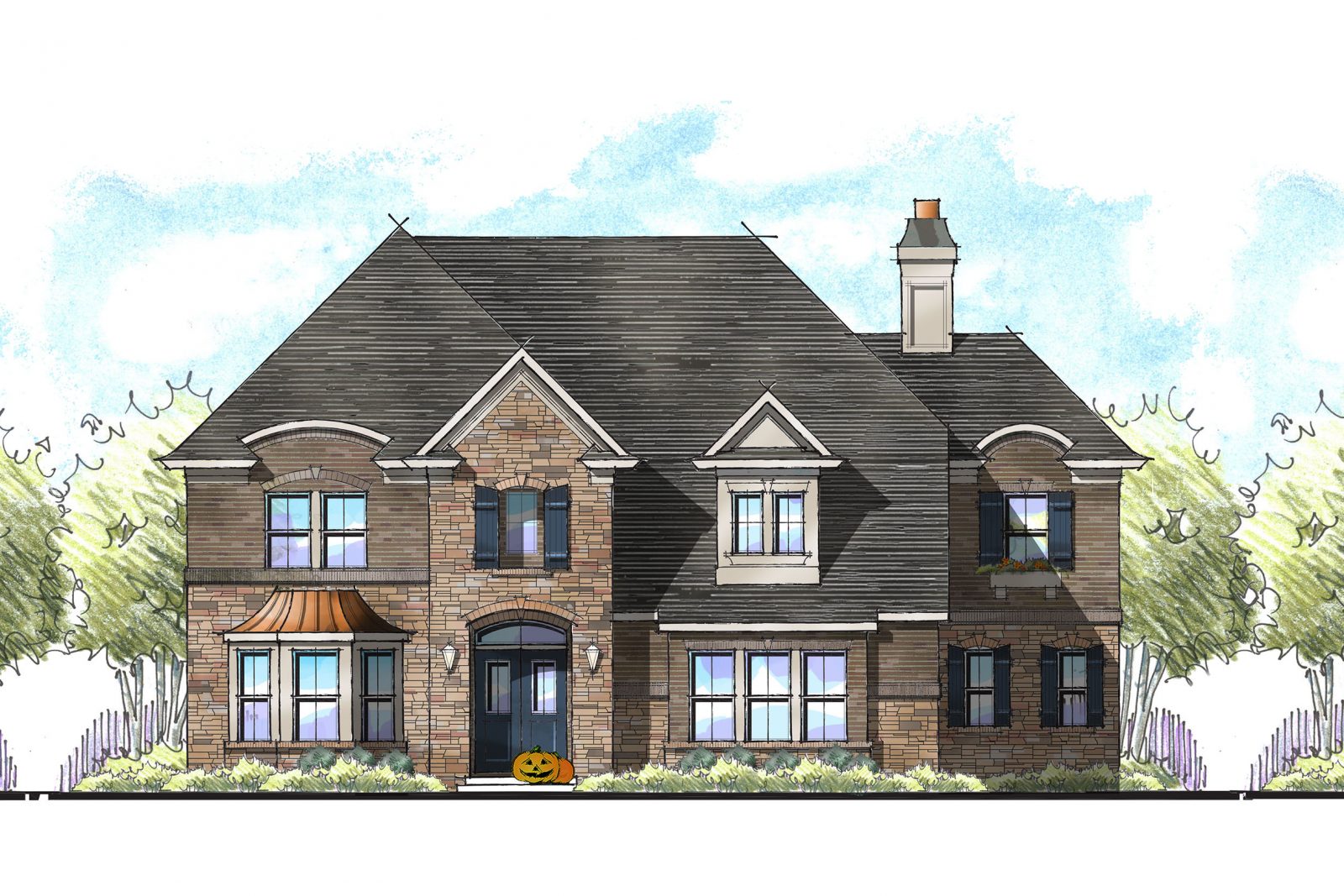“Which three elevation styles should we use?” This is probably the question I get asked the most by our builder clients. The answer to that question is lengthy and nuanced, but I am thrilled that we are now talking about actual styles as opposed to just considering elevations A, B and C. Let’s lay the groundwork.
What are the regional or indigenous styles?
Drive through neighborhoods built in the 1920s and 1930s and you will find a cornucopia of styles. This is your first indication of acceptable regional styles. This is an opportunity not only to find a variety of styles, but also different exterior finishes, colors and roof pitches. What new style might mix well with these “indigenous” styles?
Let’s back up a bit and start with, “What roof pitch can we afford?” This will help filter out a few styles.
Styles for low-pitch roofs (5/12 & 6/12)
- Spanish
- Tuscan
- Mediterranean
- Prairie
- Mid-century Modern
- Craftsman
Styles for moderately pitched roofs (7/12 to 9/12)
- Farm House
- Neo-classical
- Craftsman
- Low Country
- Coastal
Styles for high pitched roofs (10/12 to 12/12)
- French Country
- English Country
- Arts and Crafts
- Tudor
- Folk Victorian
The next question: What exterior finishes are available/required?
Many regions of the country are “allergic” to stucco on frame. Those regions can rule out stucco-dominant styles like Spanish or Mediterranean. If your budget allows, painted brick achieves a stucco look without the warranty concerns. Likewise, many regions require a high percentage of masonry on the exterior – either brick and/or stone. This might favor a Georgian or Tudor style. If you budget calls for vinyl, you might find Low Country, Farm House or Craftsman to be a good choice.
Why limit the streetscape to three styles?
If you’re offering multiple floorplans, you should really consider a variety of styles to keep your streetscape from looking cookie cutter. Let’s assume that you want to use five styles. You can still limit each house to three available styles, but not every house has to have the same three styles. Let’s face it, not all styles work well with all plan forms. Instead of forcing a style on a house, use styles better suited for that home’s specific geometry. If your model is a best-seller, then you can offer additional styles and still look appropriate with the streetscape.
I know, purchasing departments all over are rolling their eyes at this one. I recommend standardizing the key components of each style, like exterior finishes, windows and door styles. This avoids slowing down the purchasing and procurement process.
Don’t Forget Color
Color, like styles, can be regional. Not all colors work with all styles. Consider pairing your colors with your elevation styles just as you might do a food and wine pairing. A crisp white wine might elevate a light seafood dish, but it would be overpowered by a big steak. As such, a light breezy blue might look great on a Low Country style home, but it would look silly on a bold Craftsman style home. Paring distinct colors with a variety of elevation styles will ramp up the diversity of your streetscape. This goes a long way in creating a neighborhood that families will want to call their own.
As you may have gathered, selecting exterior styles is no simple task. It is a balancing act with what is regionally loved and what your target buyer can afford. Then, you want to create a fresh and diverse streetscape by incorporating a variety of styles. This will create the legacy streetscape that today’s buyers will crave and tomorrow’s buyers (and architects) will turn to for inspiration!
Categorized in: Exterior Colors, Exterior Styles
This post was written by Housing Design Matters







